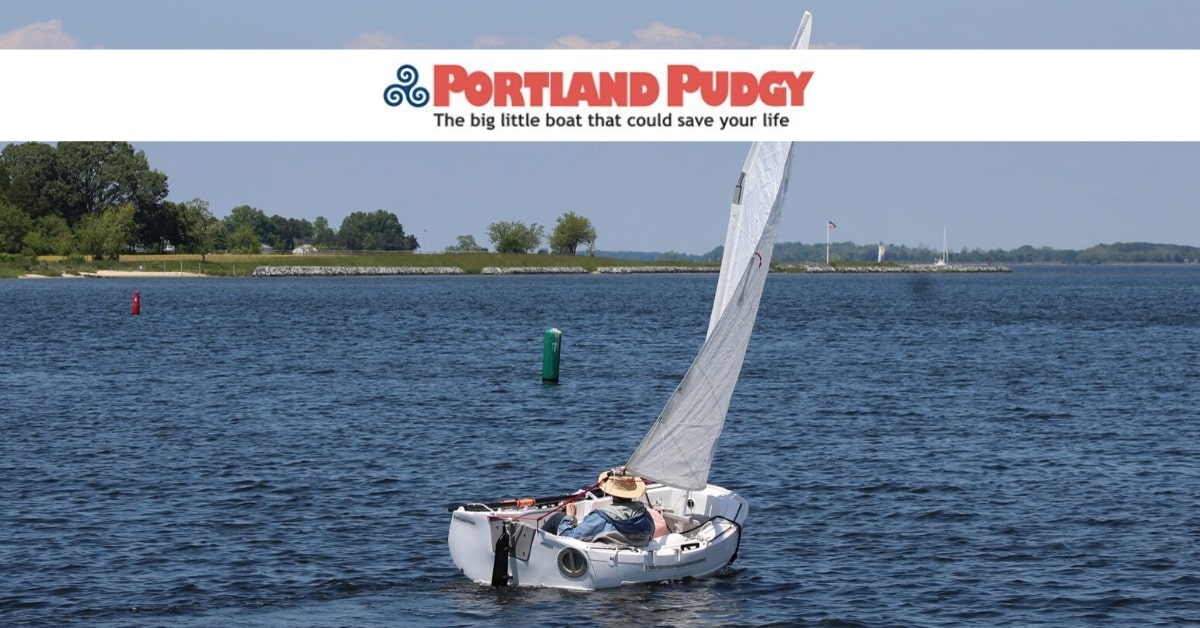I know that we as a forum have covered the topic of carrying life rafts aboard. It resurfaces whenever it comes time to certify, which typically is every three years. I just had mine done, a Plastimo Cruiser 4, to the surprising figure of $1,098, where labor accounted for about 25% of the cost. Three years ago it was just a bit more than $700 to certify. This year, over $160 in Pains Wessex flares-two parachute rockets & one hand held. Hydrostat the CO2 cylinder & refill @ $130, replace assorted burst membranes @ $120, just to mention a few items. I consider myself lucky that I can drive to the facility which is in Wilmington—13 miles from home, rather than have to spring for two-way shipping of about 50#.
I grumbled, naturally, but later thought of sailors we know who were rescued from their raft earlier this year after their 44’ yacht mysteriously began taking on water while in Mexican waters, and then sank . At night, in bad weather, of course. It’s the age-old issue that arises in my thoughts about safety gear, as well as insurance generally. Cost of gear or coverage versus risk of loss. Risk of loss is generally low for any particular Individual, but the consequences of bad luck can be very severe. I remember reading a few years ago about a J-boat that inadvertently sailed into a pod of whales along Baja‘s Pacific coast. A large wave lifted them. They surfed down it to hit one of the whales, where the rudder took the impact. Snapped off the rudder and tore a hole in the bottom. They barely got into their raft b/f the boat sank. But, they had one!
. At night, in bad weather, of course. It’s the age-old issue that arises in my thoughts about safety gear, as well as insurance generally. Cost of gear or coverage versus risk of loss. Risk of loss is generally low for any particular Individual, but the consequences of bad luck can be very severe. I remember reading a few years ago about a J-boat that inadvertently sailed into a pod of whales along Baja‘s Pacific coast. A large wave lifted them. They surfed down it to hit one of the whales, where the rudder took the impact. Snapped off the rudder and tore a hole in the bottom. They barely got into their raft b/f the boat sank. But, they had one!
Rafts take up a lot of relative space on small yachts. A four-person raft is the same size whether it’s on a 45-ft or 32-ft yacht. In one case there is room to accommodate; in the other, not so much. They are also heavy and expensive to mount. They have to be accessible.
Just a few musings here as I consider what boat gear that lasts more than 3 yr I might have bought with that $1K . On the other hand, it’s less than a month and a half of slippage in my 40-ft slip. I wonder whether folks, especially newbies, planning to “sail away” generally include the raft in the dollar and space budgets.
. On the other hand, it’s less than a month and a half of slippage in my 40-ft slip. I wonder whether folks, especially newbies, planning to “sail away” generally include the raft in the dollar and space budgets.
I grumbled, naturally, but later thought of sailors we know who were rescued from their raft earlier this year after their 44’ yacht mysteriously began taking on water while in Mexican waters, and then sank
Rafts take up a lot of relative space on small yachts. A four-person raft is the same size whether it’s on a 45-ft or 32-ft yacht. In one case there is room to accommodate; in the other, not so much. They are also heavy and expensive to mount. They have to be accessible.
Just a few musings here as I consider what boat gear that lasts more than 3 yr I might have bought with that $1K
Last edited:



